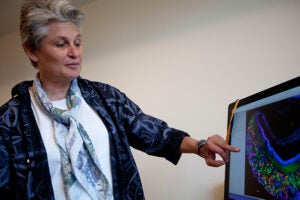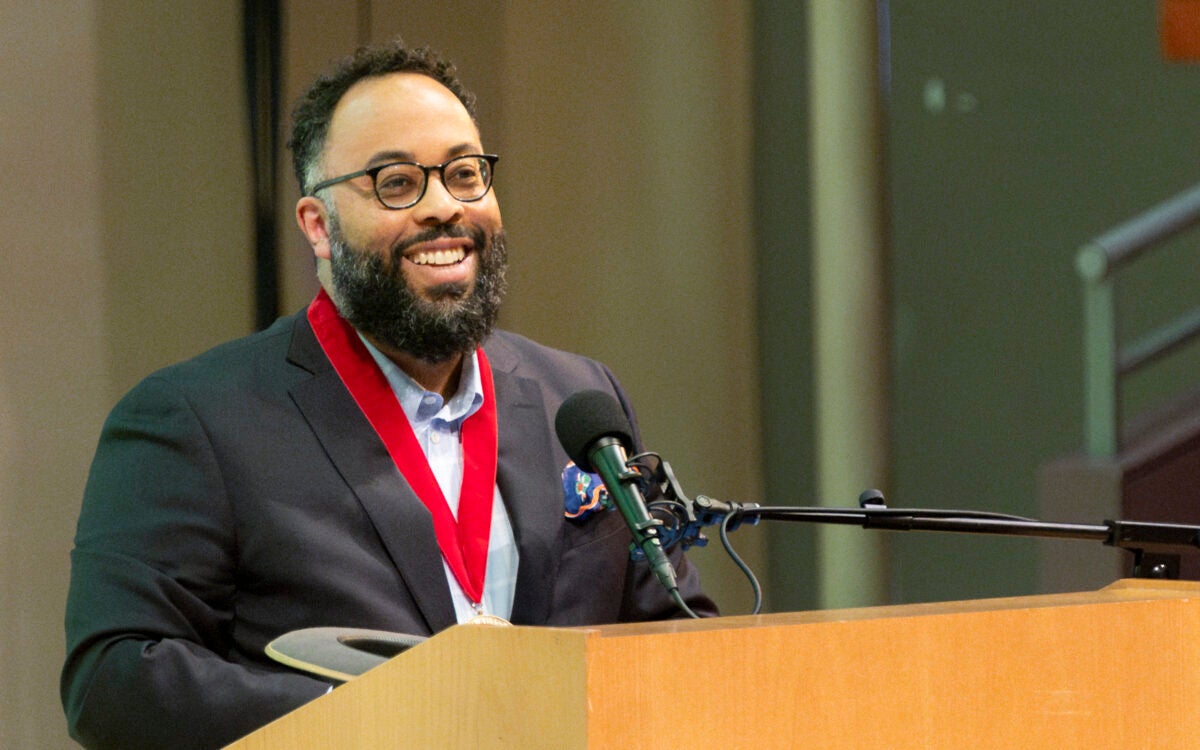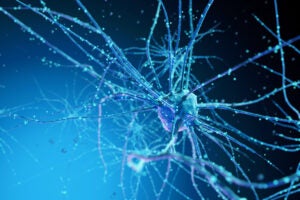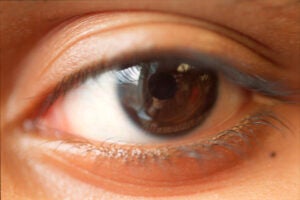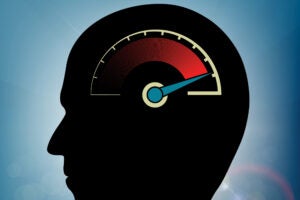Tag: Neurons
-
Nation & World
A tour of the brain’s life span, complete with upside-down vision
A new book illustrates how one cell develops into the complex operational centers that not only make us human, but also individuals.
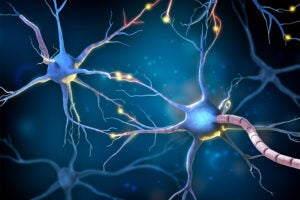
-
Nation & World
A ‘miracle poison’ for novel therapeutics
Researchers prove they can engineer proteins to find new targets with high selectivity, a critical advance toward potential new treatments to help neuroregeneration, cytokine storm.
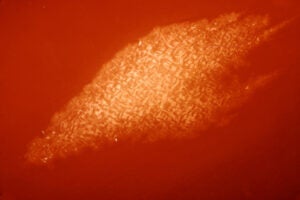
-
Nation & World
Getting the brain’s attention
New technology helps dissect how the brain ignores or acts on information

-
Nation & World
A new vision for neuroscience
For decades scientists have been searching for a way to watch a live broadcast of neurons firing in real time. Now, a Harvard researcher has done it with mice.
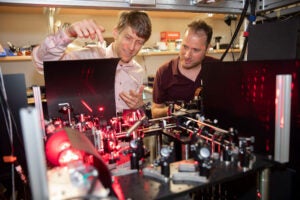
-
Nation & World
Science at the speed of ‘light-sheet’
Combining two recently developed technologies — expansion microscopy and lattice light-sheet microscopy — researchers have developed a method that yields high-resolution visualizations of large volumes of brain tissue, at speeds roughly 1,000 times faster than other methods.
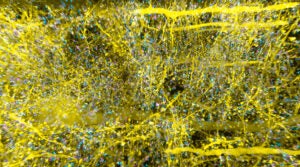
-
Nation & World
Nerve-signaling pathway that drives sustained pain found
Harvard researchers have identified in mice a set of neurons responsible for sustained pain and pain-coping behaviors. The new study is the first one to map out how these responses arise outside the brain.
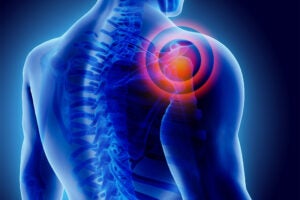
-
Nation & World
How to feel the heat
A team of researchers was able to show how sensory neurons in the face detect temperature, and how this information is later passed on to the hindbrain of zebrafish, where it is processed to produce behavior.
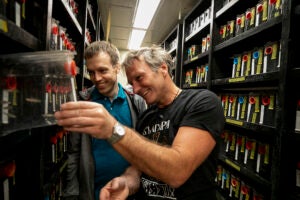
-
Nation & World
Research sheds light on how parents operate
In a new study, Harvard researchers describe how separate pools of neurons control individual aspects of parenting behavior in mice.

-
Nation & World
Unraveling the brain’s secrets
Harvard scientists are among those who will receive more than $150 million in funding over the next five years through the National Institutes of Health’s Brain Research through Advancing Innovative Neurotechnologies (BRAIN) Initiative.
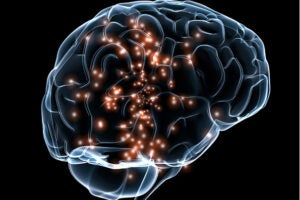
-
Nation & World
Whole brain imaging
New research led by Professor Jeff Lichtman opens a path to deeper insight on brain action behind certain behaviors.
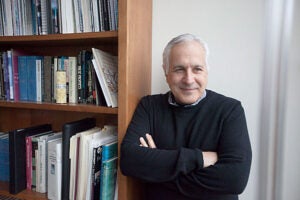
-
Nation & World
The machinery of hearing
New research not only sheds new light on how hearing works, but could help clarify how it deteriorates over time.
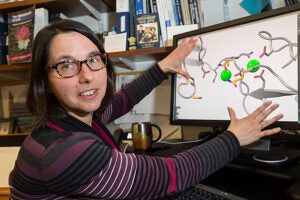
-
Nation & World
Diamonds are a lab’s best friend
Using the atomic-scale quantum defects in diamonds known as nitrogen-vacancy centers to detect the magnetic field generated by neural signals, scientists working in the lab of Ronald Walsworth, a faculty member in Harvard’s Center for Brain Science and Physics Department, demonstrated a noninvasive technique that can show the activity of neurons.
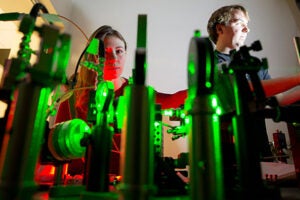
-
Nation & World
Eye-opening complexity
The findings of Professor Jeff Lichtman and postdoctoral fellow Joshua Morgan have unveiled unexpected neural complexity in the thalami of mice, potentially challenging a number of core tenets of brain science.
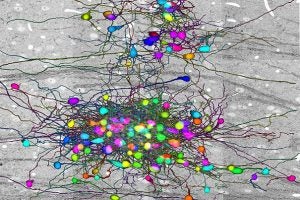
-
Nation & World
Watching sensory information translate into behavior
A state-of-the-art microscope built by Harvard researchers will allow scientists to capture 3-D images of all the neural activity in the brains of tiny, transparent C. elegans worms as they crawl.
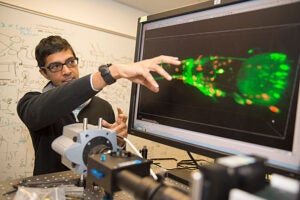
-
Nation & World
Alzheimer’s insights in single cells
A study of plaque production at single-cell level holds promise to help improve Alzheimer’s treatment.
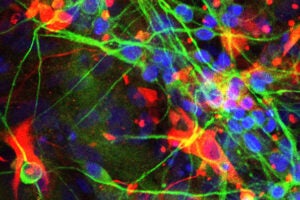
-
Nation & World
New drug target for Rett syndrome
Rett syndrome is a relatively common neurodevelopmental disorder, the second most common cause of intellectual disability in girls after Down syndrome. Building on 2004 findings, Harvard researchers identified a faulty signaling pathway that, when corrected in mice, improves the symptoms of Rett syndrome.
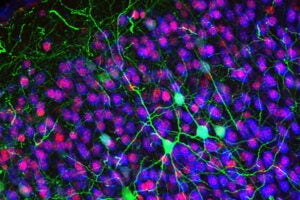
-
Nation & World
Neurons reprogrammed in animals
Harvard Stem Cell Institute researchers have shown that the networks of communication among reprogrammed neurons and their neighbors in the brains of living animals can also be changed, or “rewired.”
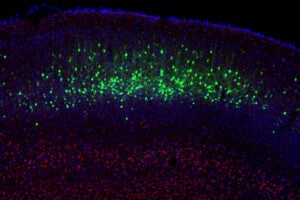
-
Nation & World
Hope against disease targeting children
Harvard Stem Cell Institute researchers studying spinal muscular atrophy have found molecular changes that help trigger the genetic disease in children.
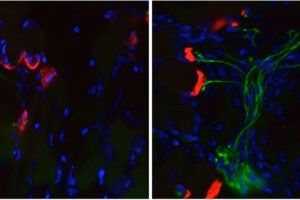
-
Nation & World
Insight into seeing
Harvard-affiliated researchers have been able to make a comparison of neurons in optic nerves to learn more about why some regenerate and others don’t.

-
Nation & World
Brains or skin?
A protein that is necessary for the formation of the vertebrate brain has been identified by researchers at the Harvard Stem Cell Institute (HSCI) and Boston Children’s Hospital, in collaboration with scientists from Oxford and Rio de Janeiro.
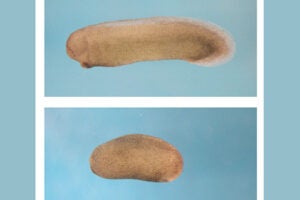
-
Nation & World
Possible progress against Parkinson’s
Harvard Stem Cell Institute researchers at McLean Hospital have taken what they describe as an important step toward using the implantation of stem cell-generated neurons as a treatment for Parkinson’s disease.
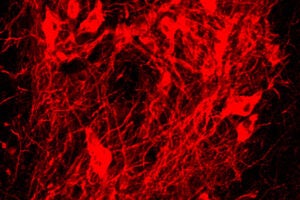
-
Nation & World
A new understanding of Alzheimer’s
Using the principle of natural selection, researchers have outlined a new model of the disease suggesting that mitochondria — power plants for cells — might be at its center.
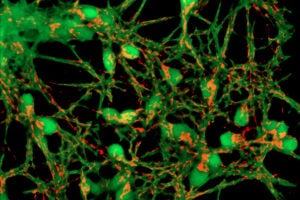
-
Nation & World
A boost for understanding the brain
Two groups of Harvard scientists will be among the first researchers nationwide to receive grant funding through the BRAIN (Brain Research through Advancing Innovative Neurotechnologies) Initiative launched last year by President Obama.
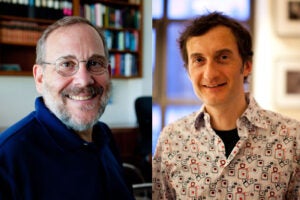
-
Nation & World
Neurons at work
Using genetic tools to implant genes that produce fluorescent proteins in the DNA of transparent C. elegans worms, Harvard scientists have been able to shed light on neuron-specific “alternative splicing,” a process that allows a single gene to produce many different proteins.

-
Nation & World
Help for halting autism symptoms
A new study shows that boosting inhibitory neurotransmission early in brain development can help reverse deficits in inhibitory circuit maturation that are associated with autism.

-
Nation & World
Viewing how neurons work
A new technique for observing neural activity will allow scientists to stimulate neurons and observe their firing pattern in real time. Tracing those neural pathways can help researchers answer questions about how neural signals propagate, and could one day allow doctors to design individualized treatments for a host of disorders.
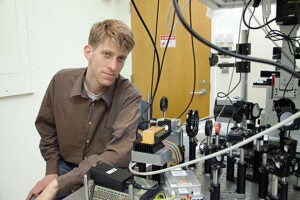
-
Nation & World
Parental controls
It could be that the key to being a better parent is all in your head, Harvard researchers say.
